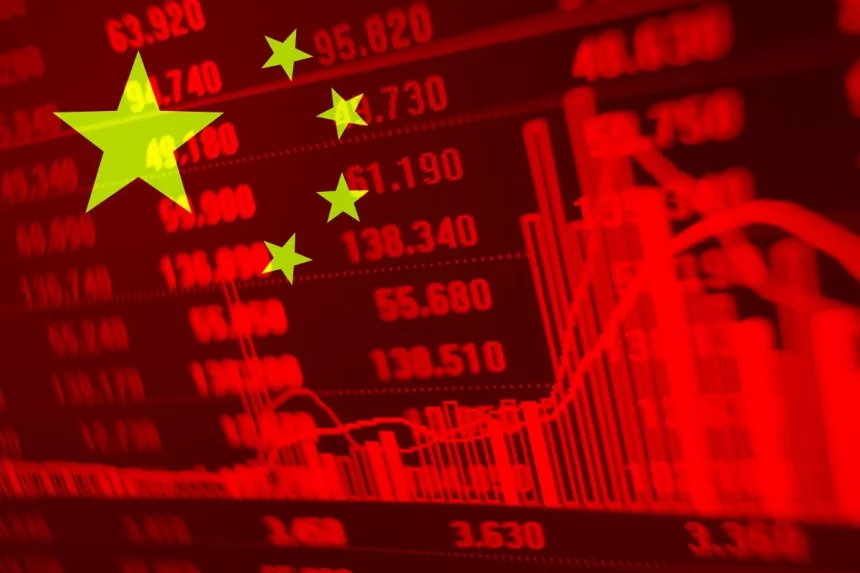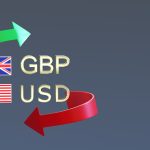Asian equities are higher while China is down on weak data. Tuesday saw gains in the majority of stock markets, after some nighttime gains in U.S. shares.
Asian stock markets await more hints from the economic front
As investors anticipated more clues on the world’s largest economy, the majority of Asian stock indexes advanced on Tuesday. However, broader gains were restrained by dismal Chinese economic indicators.
The Nikkei 225 index of Japan continued to outperform, rising 0.9% to an 18-month top as robust Q1 earnings season and a dovish BoJ made local stocks look quite appealing.
Given that the majority of the world’s economies remained tight over the last month. The Nikkei also came in among the best-performing Asian stock exchanges.
However, figures on industrial output and retail sales were released. China’s Shanghai Shenzhen CSI 300 index decreased by 0.1%, while the Shanghai Composite index remained unchanged.
The dismal results follow weaker-than-anticipated statistics on imports, inflation, and business activity earlier this month. Suggested that the country’s recovery continued to lag following the relaxation of anti-COVID policies early in the year.
The drop in Chinese markets was still contained as speculations that the Bank may further relax policy. Supporting development was sparked by dismal statistics. The bank’s Loan Prime Rate is expected to be reduced by 25 basis points in the coming month. According to experts. Further lowering interest rates to record-lower levels.
China worries capped some gains in the Asian markets
Gains in larger Asian markets were also constrained by worries about China. Which plays a prominent trade partnership role in the area. South Korea’s KOSPI gained 0.3% whereas Hong Kong’s Hang Seng index increased by 0.4 percent.
Data showing a persistent reduction in prices for export through April restrained increases in the KOSPI. Though prices declined at a slower rate than anticipated.
The ASX 200 index in Australia dropped by 0.2% as export-specific firms reacted negatively to signals of weakening in China.
As export-oriented equities reacted adversely to hints of weakening in China. their biggest market, Australia’s ASX 200 index dropped 0.2%. In addition, an independent study revealed that, following the Reserve Bank’s unexpected interest rate hike. Consumer confidence greatly declined until early May.
Further, as attention now shifts to a series of U.S. economic figures expected this week. Asian markets drew some encouraging signals from Wall Street. Also scheduled to appear are a number of Federal Reserve officials, including Chair Jerome Powell on Friday.
Officials warned of a probable debt default around June 1, so attention was also kept on talks to raise the U.S. debt ceiling.
FX in Asia declines due to bad Chinese data and aggressive Fed remarks
Tuesday saw a decline in the majority of Asian currencies as dismal Chinese economic data and aggressive remarks from Fed officials. Fueled concern about the direction of interest rates in the United States.
After information revealed that industrial production and retail sales increased less than anticipated in April. The Chinese yuan dropped 0.1% and traded close to a two-month bottom. Even though the nation lifted most anti-COVID restrictions early this year. The findings, which follow a number of negative economic signals recently, indicate a patchy recovery in Asia’s largest economy.
Other Asian currency markets, notably those with a significant trade connection to China, were negatively impacted by China’s downturn. The Thai baht dropped by 0.3%, leading to losses in Southeast Asia. While the South Korean won dropped by 0.1% as speculators sealed in recent gains in the currency.
The Australian dollar dropped 0.1 percent. Mainly a result of a severe decline in consumer confidence brought on by rising interest rates and deteriorating economic prospects.
The US dollar is steady and stronger than the yen
The Fed might yet take more action to reduce persistent inflation, a number of Federal Reserve officials said. Which shook investor sentiment toward risky assets. In four different speeches, regional Fed presidents predicted that interest rates will rise further in the future. Certain government officials additionally suggested that there would be more rate increases.
After recording small declines in the previous session the dollar index and dollar index futures remained stable at a one-month top on Tuesday. However, the dollar still gained about 0.1 percent vs the yen in Japan.
As investors braced themselves for further U.S. economic cues this week. Commencing with industrial output and retail sales expected at the end of the day, the dollar barely changed this week.
There are many further Fed speakers scheduled for the week, including Chair Jerome Powell on the weekend.
Markets are still preparing for a break in the Fed’s rate rise cycle in June, according to Fed Fund futures pricing. However, traders are also accounting for a slim possibility of a 25 basis point increase.









